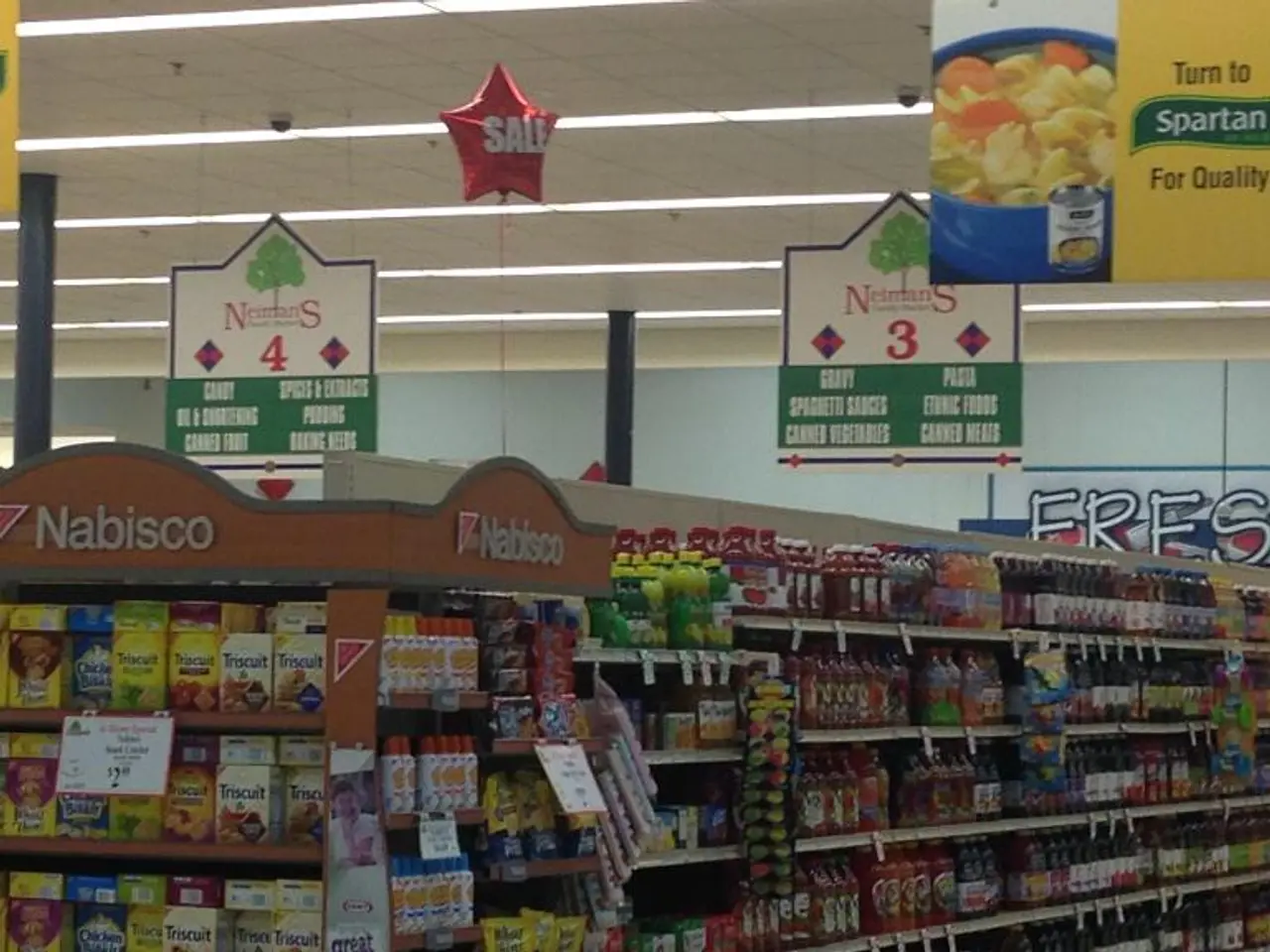Modern Buildings Transformed: Intelligent Roofing Systems Enhancing Energy Efficiency
In the world of construction, innovation is taking flight, and nowhere is this more evident than in the emergence of hi-tech roofing systems. These advanced solutions combine cutting-edge materials with intelligent technologies to create energy-efficient protective barriers that are transforming the industry.
Modern roofing is no longer confined to traditional solar panels. Seamless photovoltaic tiles, weather-resistant coatings, smart monitoring capabilities, aesthetic designs, and modular configurations for easy maintenance access are all part of the new roofing landscape. But what sets hi-tech roofing apart is the integration of AI-powered and IoT technologies.
These technologies offer a host of benefits, improving efficiency, safety, sustainability, and decision-making. For instance, AI-driven drones equipped with high-resolution and thermal cameras can scan roofs more quickly, safely, and accurately than manual methods, detecting damage such as water ingress, heat loss, cracks, and material degradation. AI algorithms analyze images to reduce subjectivity and speed up diagnostics.
AI tools also automate measurement and estimation, produce digital models, recommend materials, and enable generative designs that optimize roof performance and sustainability goals. Predictive maintenance and lifecycle management are facilitated by IoT sensors, which provide real-time data on roof conditions and environmental factors. This helps anticipate failures, reduces downtime, and lowers repair costs by timely interventions.
AI supports project management and operational efficiency by aiding in scheduling, logistics, risk management, and workflow optimization. Energy optimization and sustainability are also enhanced, with AI algorithms adjusting energy consumption for heating, ventilation, and lighting related to roofing systems, thereby enhancing building energy efficiency and supporting net zero carbon targets. Waste minimization in materials and compliance monitoring are also facilitated.
Safety improvements are another significant advantage. The use of drones and AI minimizes risks of manual roof inspections, which are traditionally hazardous.
Together, these benefits lead to faster, safer, smarter roofing processes with reduced costs and environmental impact, yielding higher customer satisfaction and competitive advantages for contractors.
Other key features of hi-tech roofing systems include moisture detection units positioned at 12-inch intervals along drainage paths, automated alert systems triggering at preset performance thresholds, recycled metal panels with 95% post-consumer content, solar-powered ventilation pods, self-healing membranes, smart soffit systems, motorized exhaust fans, IoT-enabled ridge vents, and smart shading elements.
Advanced roofing materials and components also enhance protection while reducing maintenance requirements through automated responses to environmental conditions. Integrated solar technologies like photovoltaic tiles generate clean energy while maintaining the roof's protective function, producing 5-7 kWh per square meter daily.
Smart roofing materials adapt to environmental conditions through advanced polymer compositions, while smart temperature control systems regulate indoor climate through thermal sensors, adaptive materials, and automated reflective coatings. Thermochromic pigments in roofing materials can reflect up to 85% of sunlight in summer.
The integration of hi-tech roofing can increase property value by 15%, and the initial investment for these systems ranges from $15-30 per square foot for smart membrane systems and $25-40 per square foot for integrated solar solutions. The average payback period for hi-tech roofing systems ranges from 5-7 years.
In summary, the integration of AI and IoT in roofing systems enables automated, data-driven decisions throughout the roof’s lifecycle — from initial inspection through design, maintenance, and energy management — enhancing safety, sustainability, and operational efficiency. These advancements are set to redefine the roofing industry, offering a more efficient, sustainable, and safer future for all.
[1] "AI in Roofing: The Future of the Construction Industry" - Forbes, [https://www.forbes.com/sites/forbesbusinesscouncil/2021/03/31/ai-in-roofing-the-future-of-the-construction-industry/?sh=6121337d729f]
[2] "The Impact of AI and IoT on Roofing" - Construction Dive, [https://www.constructiondive.com/news/the-impact-of-ai-and-iot-on-roofing/617650/]
[3] "Smart Roofing: The Future of Sustainable Building" - GreenBiz, [https://www.greenbiz.com/article/smart-roofing-future-sustainable-building]
[4] "The Role of AI in Roofing Maintenance and Lifecycle Management" - Smart Cities Dive, [https://www.smartcitiesdive.com/news/the-role-of-ai-in-roofing-maintenance-and-lifecycle-management/580059/]
- The emergence of predictive maintenance in the techno-centric roofing industry is revolutionizing construction, led by innovation in the form of hi-tech roofing systems.
- These hi-tech roofing systems are not merely confined to traditional solar panels, but also include seamless photovoltaic tiles, smart monitoring capabilities, and aesthetic designs.
- The integration of AI-powered and IoT technologies in hi-tech roofing offers a myriad of benefits, improving efficiency, safety, sustainability, and decision-making.
- AI-driven drones equipped with high-resolution cameras can more quickly, safely, and accurately scan roofs for damage than manual methods, while AI algorithms reduce subjectivity and speed up diagnostics.
- AI tools automate measurement and estimation, produce digital models, recommend materials, and enable generative designs that optimize roof performance and sustainability goals.
- IoT sensors provide real-time data on roof conditions and environmental factors, facilitating predictive maintenance and lifecycle management, and helping to anticipate failures, lower repair costs, and reduce downtime.
- In addition to enhancing safety, sustainability, and operational efficiency, integrated solar technologies like photovoltaic tiles generate clean energy while maintaining the roof's protective function.
- The integration of hi-tech roofing can increase property value by 15%, with the initial investment for these systems ranging from $15-30 per square foot for smart membrane systems and $25-40 per square foot for integrated solar solutions.
- The use of AI, smart home-devices, renewable-energy, and sustainable-living materials in roofing systems, such as smart shading elements and self-healing membranes, contribute to a smarter lifestyle, promoting environmental-science and energy conservation in the home-and-garden sector, and supporting the finance industry's net zero carbon targets.




